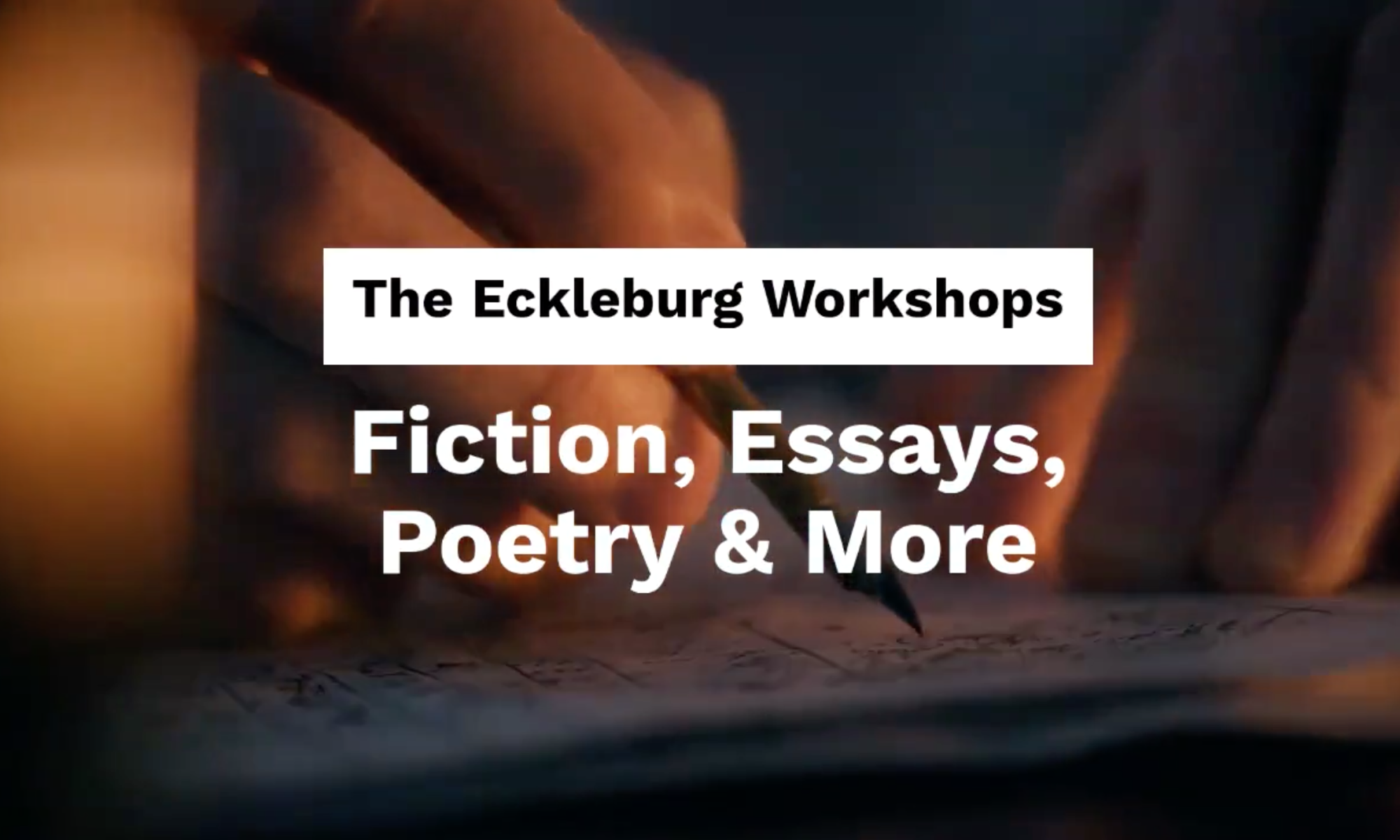In Sausserian Linguistics, the two elements of a piece of language—the signifier being the relatively concrete and the signified the relatively abstract. In some situations, there are chains of signifiers: The written “road” signifies the spoken “road,” which in turn signifies the idea of “road,” which, in turn, in an analogy or allegory, can signify life. (A Handbook to Literature)
One on One Developmental Editing
This is our One on One Workshop option through Reedsy, where you can receive editorial feedback for your manuscript of any genre and length. Submitting your work to Reedsy for editorial feedback is not submitting to our journal or any other journal for publication consideration.
- developmental edits
- copy edits
- line edits
- proofreading
- end notes.
The Doctor T. J. Eckleburg Review
If you are looking to submit to our journal, The Doctor T. J. Eckleburg Review, please click here. When you submit to Eckleburg, we promise to give your work our undivided attention and reading. We regret that we do not have time and resources to give individual editorial feedback on your publication submissions to the journal.
The Doctor T. J. Eckleburg Review was founded in 2010 as an online and print literary and arts journal. We take our title from F. Scott Fitzgerald’s The Great Gatsby and include the full archives of our predecessor Moon Milk Review. Our aesthetic is eclectic, literary mainstream to experimental. We appreciate fusion forms including magical realist, surrealist, meta- realist and realist works with an offbeat spin. We value character-focused storytelling and language and welcome both edge and mainstream with punch aesthetics. We like humor that explores the gritty realities of world and human experiences. Our issues include original content from both emerging and established writers, poets, artists and comedians such as authors, Rick Moody, Cris Mazza, Steve Almond, Stephen Dixon, poets, Moira Egan and David Wagoner and actor/comedian, Zach Galifianakis.
Currently, Eckleburg runs online, daily content of original fiction, poetry, nonfiction, translations, and more with featured artwork–visual and intermedia–from our Gallery. We run annual print issues, the Eckleburg Reading Series (DC, Baltimore and New York), as well as, the annual Gertrude Stein Award in Fiction, first prize $1000 and print publication, guest-judged by award-winning authors such as Rick Moody and Cris Mazza.
We have collaborated with a number of talented and high profile literary, art and intermedia organizations in DC, Baltimore and New York including The Poetry Society of New York, KGB Bar, Brazenhead Books, New World Writing (formerly Mississippi Review Online), The Hopkins Review, Boulevard, Gargoyle Magazine, Entasis Press, Barrelhouse, Hobart, 826DC, DC Litand Iowa’s Mission Creek Festival at AWP 2013, Boston, for a night of raw comedic lit and music. We like to promote smaller indie presses, galleries, musicians and filmmakers alongside globally recognized organizations, as well as, our local, national and international contributors.
Rarely will readers/viewers find a themed issue at Eckleburg, but rather a mix of eclectic works. It is Eckleburg’s intention to represent writers, artists, musicians, and comedians as a contemporary and noninvasive collective, each work evidence of its own artistry, not as a reflection of an editor’s vision of what an issue “should” be. Outside of kismet and special issues, Eckleburg will read and accept unsolicited submissions based upon individual merit, not theme cohesiveness. It is our intention to create an experience in which readers and viewers can think artistically, intellectually, socially, and independently. We welcome brave, honest voices. To submit, please read our guidelines.
Over the ashheaps the giant eyes of Doctor T. J. Eckleburg kept their vigil, but I perceived, after a moment, that other eyes were regarding us with peculiar intensity from less than twenty feet away. – The Great Gatsby, F. Scott Fitzgerald
Sources
The Age of Insight: The Quest to Understand the Unconscious in Art, Mind, and Brain, from Vienna 1900 to the Present. Eric Kandel.
The Banalization of Nihilism: Twentieth-Century Responses to Meaninglessness. Karen L. Carr.
A Handbook to Literature
“Cogito et Histoire de la Folie.” Jacques Derrida.
Cognitive Neuropsychology Section, Laboratory of Brain and Cognition.
Eats Shoots and Leaves: The Zero Tolerance Approach to Punctuation
The Elements of Style.
Beginning Theory: An Introduction to Literary and Cultural Theory. Peter Barry.
Critical Theory: A Very Short Introduction. Stephen Eric Bronner.
Critical Theory Today: A User-Friendly Guide. Lois Tyson
The Critical Tradition: Classic Texts and Contemporary Trends. David H. Richter.
A Handbook to Literature
Literary Theories and Schools of Criticism. Purdue Online Writing Lab.
New Oxford American Dictionary
The Norton Anthology of World Literature
The Norton Introduction to Philosophy
Woe is I: The Grammarphobe’s Guide to Better English in Plain English
Writing Fiction: A Guide to Narrative Craft
Writing the Other



